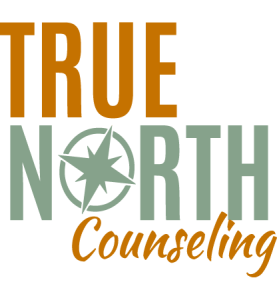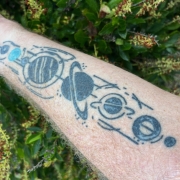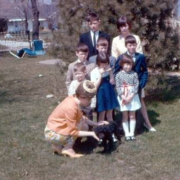How to Climb Mount Grow-The-Eff-Up | Healthy Aging Series: Season 9, Episode 4
“The Elephant in the Room: One Fat Man’s Quest to Get Smaller in a Growing America,” by Tommy Tomlinson I have tattoos. Don’t ask me why. I started getting them in my early 50s. Maybe I am a bit of a rebel. My son gave me my first two tattoos. He was learning to be…






